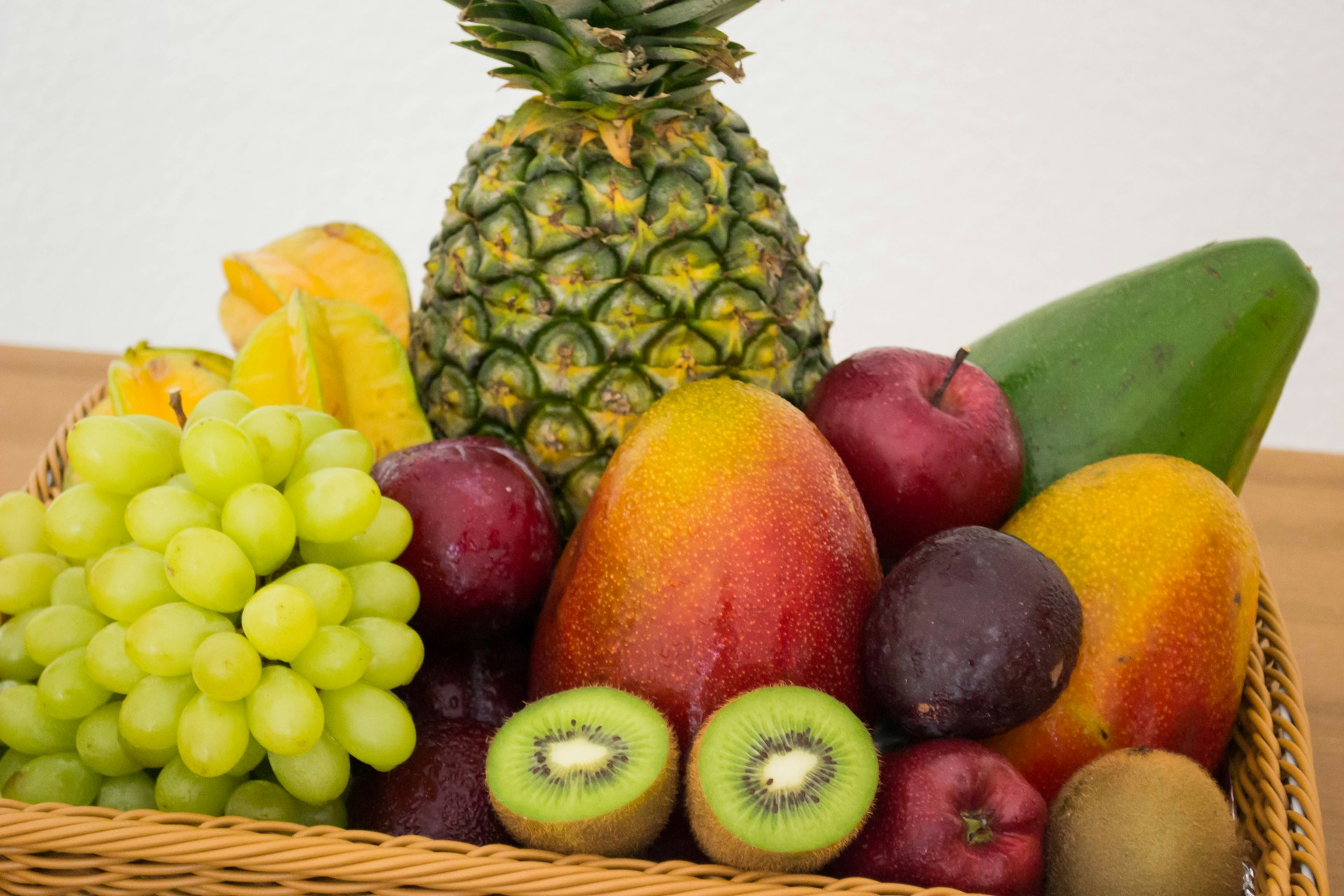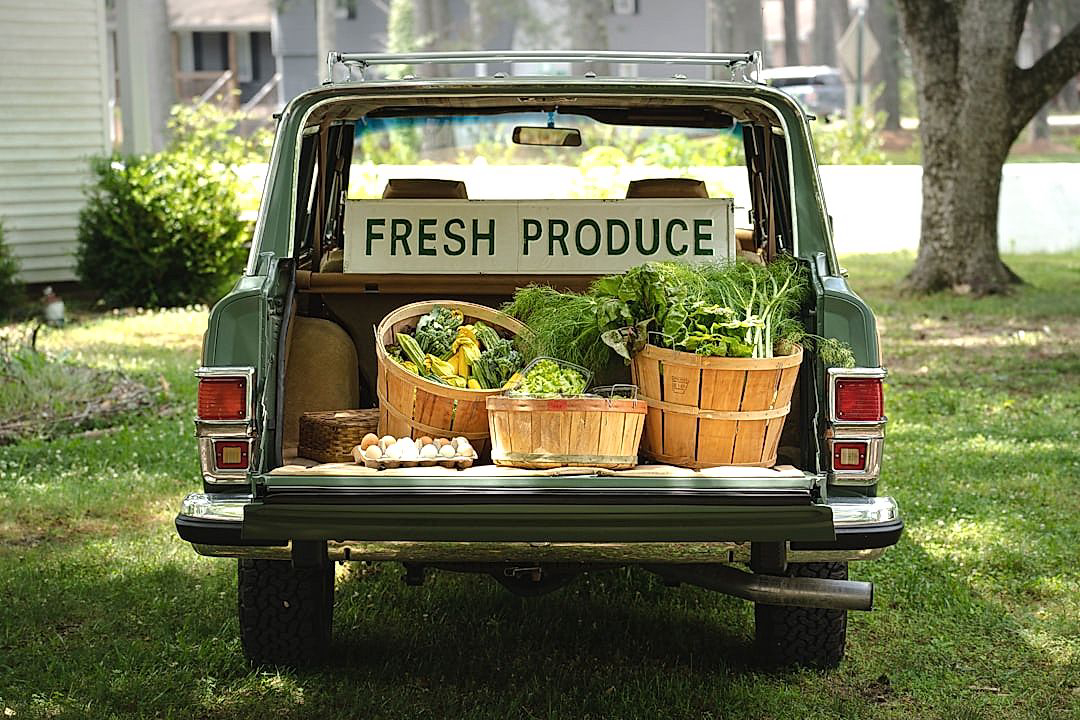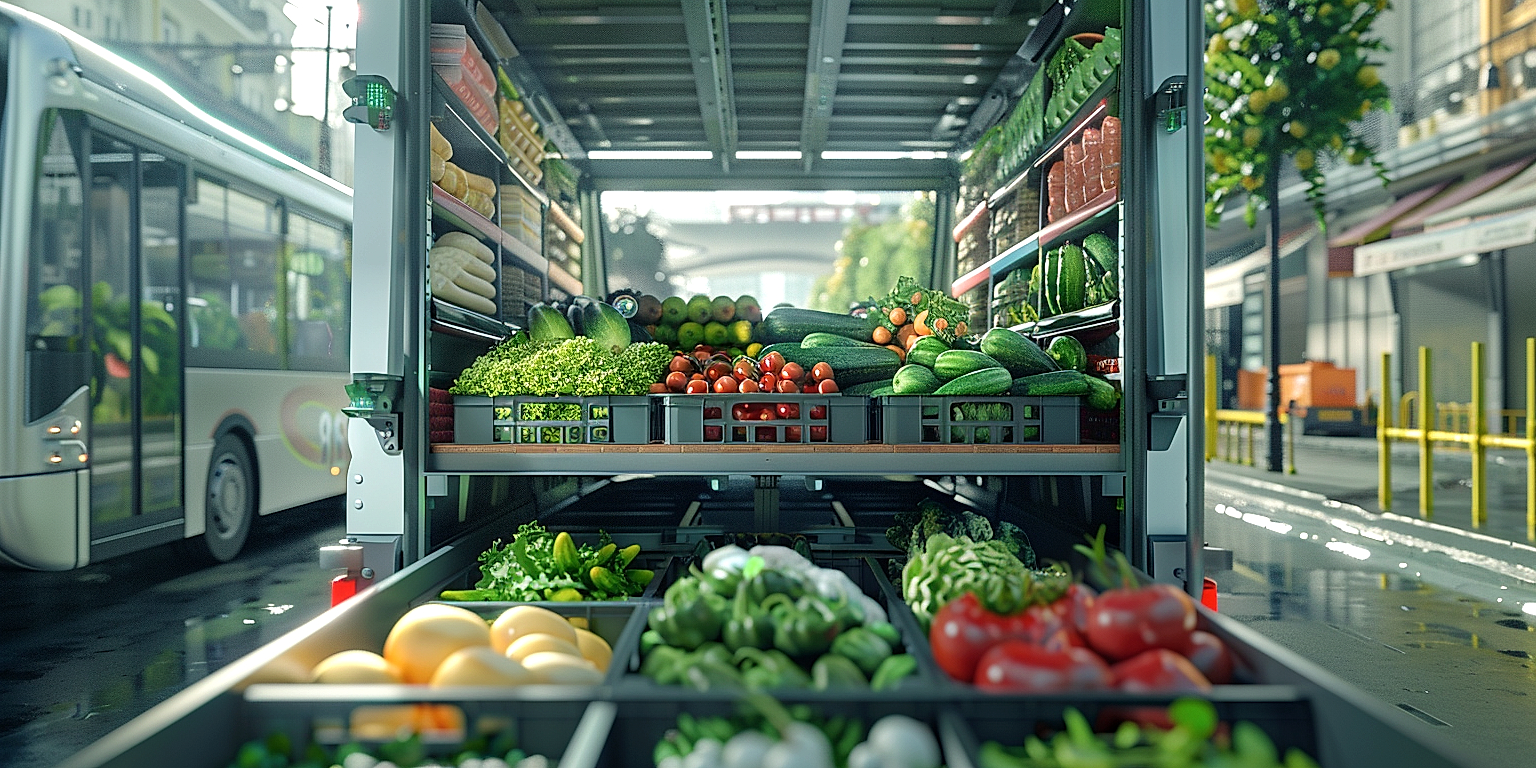The landscape of logistics in the fresh produce industry is undergoing significant change.
As quality standards and consumers’ expectations continue to rise, new approaches are being developed within distribution transport.
The evolution in supply chain strategies directly impacts market reach and profitability.
Understanding these trends is essential for businesses aiming to remain competitive and successful.
In this blog, we shall delve into these innovative directions and their potential affects on the industry.
This exploration will illuminate pivotal transformations and help stakeholders navigate the evolving terrain of produce distribution transport.
Trends Shaping Produce Distribution Transport
1. Increasing demand for fresh, locally-sourced produce
The 21st century has brought a radical shift in consumers’ preferences towards food consumption, with an increasing preference for locally-sourced fresh produce.
This growing predilection has been significantly influenced by a marked awareness about the health benefits of consuming fresh, unprocessed fruits and vegetables.
Furthermore, the consumption of local products supports regional economies, promotes sustainable agriculture, reduces the carbon footprint associated with long-distance transport, and ensures higher standards of food safety and quality.
Significantly, consumers today are seeking not merely freshness and quality in the produce they consume but also desiring transparency regarding its origin, harvesting, and the manner in which it has been transported to their tables.
Accordingly, the demand for fresh, locally-sourced produce has surged, creating a consequential impact on the produce distribution transport industry.
This heightened demand has compelled the industry to reorient its operational structures and distribution methodologies.
The most distinctive change, conceived because of this shift, is that the old, traditional supply chains are making way for shorter, more efficient ‘farm-to-table’ delivery systems.
This involves eliminating the multiple intermediaries that exist in a traditional supply chain and replacing it with a direct producer-to-consumer supply model.
Consequently, the transport is not just about hauling produce from one point to another, but it plays a significant role in preserving the integrity, freshness, and quality of the food items being transported.
Modern technological solutions, innovative packaging techniques, and newer, eco-friendly transport modes are being integrated into the distribution chains to cater to the increasing demand while ensuring the produce retains its freshness and quality.
This shifting trend doesn’t suggest a complete elimination of the traditional supply chains but represents a need for more flexible and efficient distribution systems to meet the changing consumer needs.
Moreover, the upward trend of home deliveries, driven by the growth of online grocery shopping and subscription boxes, necessitates the advancements in the transportation methods to maintain the product’s freshness during transit.
Goods vehicles equipped with state-of-the-art refrigeration technology, non-toxic and biodegradable packaging materials, Rapid Delivery services are few among the many transformations being witnessed in response to the growing demand for locally-sourced fresh produce.
Also, as consumers become progressively more conscious of their environmental impact, the transport system must reflect these considerations in their operations.
Thus we see a rising trend of green supply chains with environmentally friendly transport methods like electric delivery vans, cold storage vehicles running on clean fuels, and the promotion of local sourcing to reduce carbon emissions from transportation.
So, it can be said that the increasing demand for locally-sourced, fresh produce is fundamentally reshaping the trends of produce distribution transportation.
2. Integration of Advanced Digital Transport Technologies
The evolution and integration of advanced digital transport technologies are significantly shaping the distribution of produce in contemporary times.
Now more than ever, the importance and reliance on technology in every sector, including agriculture, cannot be overemphasized.
The world is gradually shifting towards increased adoption of digitalization, a development that significantly impacts the current trends in produce distribution transport.
Primarily, these technologies are focused on improving efficiency, ensuring the fastest delivery time, and reducing costs.
As a major component of supply chain systems, transport technologies have evolved to integrate advanced digital solutions.
The integration of digital solutions in transport technologies provides an avenue for effective tracking, monitoring and optimization of produce distribution, thus letting growers, retailers, and consumers enjoy utmost transparency and efficiency in the delivery process.
From GPS tracking devices to vehicle monitoring systems and cloud-based integration platforms, these advanced digital solutions are playing critical roles in shaping contemporary trends in the distribution of produce.
The real-time tracking capability provided by these technologies helps deliver produce in the most efficient manner, optimizing routes for the shortest possible delivery time.
This also improves decision-making processes, as decisions can be made in real-time based on the data and insights gained.
For instance, using artificial intelligence and machine learning algorithms, predictive modeling can be developed to foresee any possible anomalies in the distribution process.
These advanced technologies not only enhance the efficiency of produce distribution but also contribute to promoting environmental sustainability.
By facilitating the optimal use of transport resources, these technologies help reduce carbon footprint and support the trend toward environmentally friendly practices.
Cloud-based platforms play a role in enhancing communication and collaboration within the supply chain, hence improving overall coordination and efficiency.
These platforms provide real-time feedback and updates, promoting transparency that benefits all stakeholders in the produce distribution transport sector.
In essence, the increasing integration of advanced digital transport technologies is evidently a monumental trend shaping the distribution of fresh, locally-sourced produce.
As technologies continue to evolve, their impact on produce distribution transport will continue to grow and redefine the sector’s landscape.
3. Emergence of innovative, sustainable packaging solutions.
The emergence of innovative and sustainable packaging solutions is drastically reshaping the produce distribution transport industry.
With global calls for environmental protection and sustainable practices, the demand for eco-friendly packaging options has significantly risen.
This rise in demand has propelled companies and manufacturers to devise new materials and design techniques that not only protect the produce during transport but also remains sustainable to the environment.
As a response to this demand, many companies are now turning to biodegradable and compostable materials for their packaging solutions, significantly decreasing their carbon footprint.
Materials such as mushroom-based packaging, biodegradable plastics, and starch-based polymers are rapidly replacing traditional non-recyclable materials.
Moreover, these new materials are also striving to retain the freshness and quality of the produce for longer durations during transportation, which has been a constant challenge for distributors.
This has led to innovative methods such as modified atmospheric packaging (MAP) which extends the shelf-life of fresh produce during transport.
MAP uses a blend of natural gases within the packaging to slow down the process of decay, maintaining the visual appeal and nutritional value of the produce until it reaches the consumer.
Another commendable innovation in sustainable packaging is the introduction of edible packaging.
Edible packaging made from materials like seaweed or casein not only solve the problem of waste but also add an element of novelty and sustainability that appeals to the new-age consumer.
These sustainable packaging innovations are fulfilling the dual objective of minimizing environmental harm and assuring the safe and fresh delivery of produce.
However, along with the advancements, the industry is also facing challenges in terms of the high cost of production and scalability of these sustainable packaging solutions.
As the industry continues to evolve and adopt sustainable practices, it will be interesting to see how these challenges are met and what new innovations will come forth to further optimize the produce distribution transport.
What is clear, though, is that the age of single-use, non-recyclable packaging is giving way to an era where sustainability is integral to every aspect of the produce distribution transport industry.
4. Rise of environmentally-friendly transport methods.
As society becomes more aware of the environmental demands of traditional transportation methods, there has been a significant shift towards more sustainable practices.
One of these changes is the accelerating move towards environmentally-friendly transport methods in the field of produce distribution transport.
These eco-friendly methods are not only beneficial for the environment but also hold considerable potential for businesses in terms of cost savings and reputation enhancement.
Further, the rise of eco-friendly transportation is also a response to the increasing legislative pressures that underscore the need for lower emissions in the supply chain.
Carbon emissions from traditional transportation methods have been a significant contributor to global warming, making the switch to green methods mission-critical.
An example of a sustainable transport method is the use of electric or hybrid vehicles for delivering fresh produce.
These vehicles, powered by renewable energy sources, can significantly reduce the carbon footprint associated with produce distribution transport.
Another approach that has proven effective is the optimization of delivery routes to minimize distance and thereby reduce fuel consumption.
Adoption of these practices requires a thorough understanding of the logistics involved in produce distribution and a willingness to embrace new technologies and methods.
Furthermore, the use of biodiesel fuels derived from organic waste is another rising trend in the sector.
These renewable fuels help decrease the dependency on traditional petroleum fuels, thus reducing the environmental impact of transportation.
There is also an ongoing shift towards the use of ecologically-friendly packaging materials in tandem with these greener transport methods, amplifying their environmental benefits.
This combined approach promotes a holistic view of environmentally sustainable practices in the produce distribution sector.
In-centric city delivery models leveraging electric bicycles or cargo bikes is another growing trend that greatly reduces carbon emissions and traffic congestion.
Despite the challenges involved, such as higher initial investments and need for infrastructural adjustments, the long-term benefits of adopting environmentally-friendly transport methods cannot be overlooked.
To meet the increasing consumer demand for responsibly sourced products, it is crucial for produce transport companies to align themselves with this rising trend of green logistics.
5. Growth in direct-to-consumer delivery services.
The direct-to-consumer delivery services market has been experiencing a significant growth, transforming the distribution transport of fresh produce.
These services have essentially taken out the middleman in the transaction, enabling the consumers to purchase their produce directly from farmers or suppliers.
With increased demand for fresh, high-quality produce, more and more consumers are opting for these services.
Not only does this model guarantee freshness but also enhances the assurance of origin and nutritional value.
By adopting direct-to-consumer models, producers are able to control the quality, handling, and transport of their products, thereby reducing food waste and ensuring optimal customer satisfaction.
This is a win-win situation for both consumers and farmers as consumers receive the freshest produce possible and farmers receive a fairer share of the retail price.
The notion of receiving produce directly from the farm, promotes the idea of sustainability, authenticity and supports local economies.
The rise in direct-to-consumer delivery services has been facilitated by the advancements in digital transport technologies, which have made it more efficient and cost-effective.
Electronic platforms and applications now allow consumers to place orders directly with the farmers and track their deliveries in real time, adding a level of transparency that was previously missing in traditional retail models.
Furthermore, these new technological platforms allow for the easy integration of sustainable packaging solutions, which is a growing consumer demand in line with increasing environmental consciousness.
These delivery services provide flexibility to consumers who can now choose their delivery times, thus enhancing the convenience of shopping for fresh produce.
Adapting to this trend, several supermarkets and retailers have integrated direct-to-consumer delivery into their business models, extending their delivery reach and broadening their customer base.
However, there is a need for further technological developments to meet the increasing demand for these services and to overcome challenges related to delivery speed, perishability and the guarantee of freshness.
Overall, the growth in direct-to-consumer delivery services is not only reshaping the fresh produce distribution transport but also the way we conceive the food supply chain.
The Bottom Line
The fresh produce industry is experiencing a significant transformation led by trends pointing towards a more sustainable and technologically-driven future.
Rising consumer demand for locally-sourced produce is necessitating the development and integration of advanced digital transport technologies, providing maximum freshness and efficiency.
Concurrently, innovative and sustainable packaging solutions are emerging, minimizing environmental impact and addressing consumer demands for sustainability.
Eco-friendly transport methods are also on the rise, further reducing the industry’s carbon footprint.
Moreover, growth in direct-to-consumer delivery services is ensuring the freshest produce reaches consumers swiftly and conveniently, reshaping the way food is sourced and delivered.
Ultimately, these trends are driving a healthier, more sustainable future for the fresh produce industry – a future that combines technology, sustainability and direct consumer interaction.




